The European Learn-IP project officially ends at the end of February this year. It involves partners from five countries – Germany, Spain, Romania, Bulgaria and North Macedonia. The entire team was dedicated to the creation of a special training and self-education program for those working in the field of cultural tourism and cultural heritage, which touches on the topic of intellectual property, ways of protection at the national and international level, the economic effects of IPR and ways of developing activities , based on IPRs that bring more revenue. INI-Novation Bulgaria participates in the project, as the Bulgarian partner.
In Bulgaria, intellectual property rights (IPR) can be used not only to protect but also to monetize cultural heritage and tourism assets. This may include the registration of trademarks for cultural-historical values and tourist destinations, copyrights for historical documents and works of art, and patents for any new technologies or methods used in the preservation and promotion of cultural heritage. By protecting and effectively managing these rights, Bulgaria attracts more tourists and generate revenue from the sale of goods, licensing and other commercial opportunities. Moreover, it can prevent the unauthorized use of the country’s cultural heritage assets and thus preserve the cultural and historical heritage of the country for future generations.
Bulgaria, as a member of the EU, is obliged to comply with EU regulations and laws related to intellectual property rights. Therefore, intellectual property rights (IPR) in Bulgaria are generally governed by the same laws and regulations as in the rest of the European Union (EU).
In Bulgaria, there are several examples of how intellectual property rights (IPR) can be used to protect and monetize cultural heritage:
- Trademarks: The ancient city of Plovdiv, which is a UNESCO World Heritage Site, registered its name as a trademark. This allows the city to protect its brand and prevent unauthorized commercial use of its name.
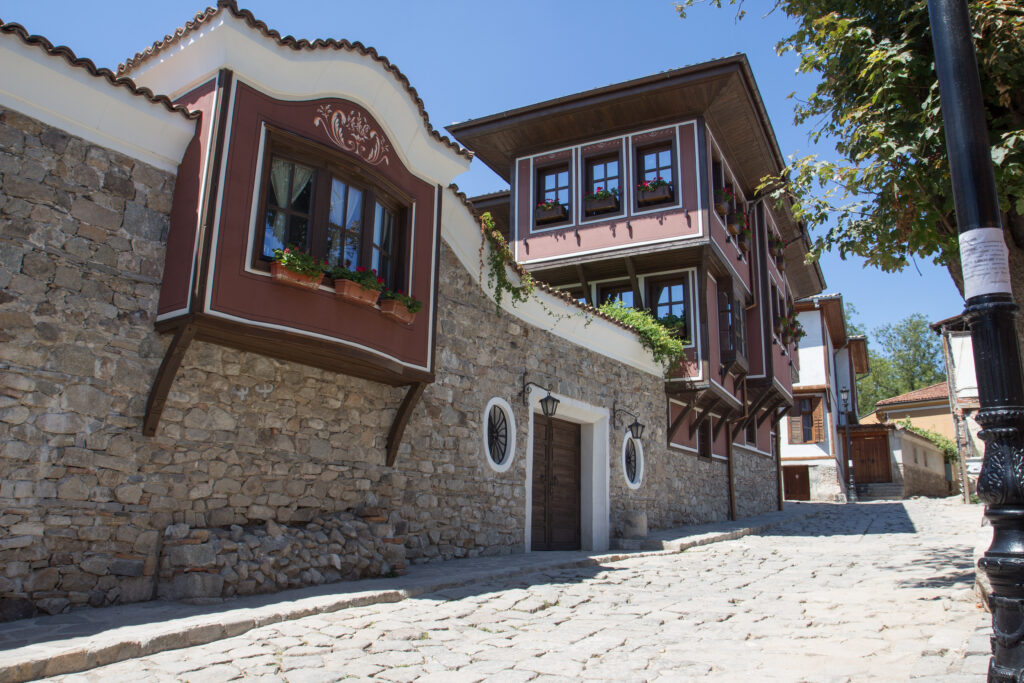
Source: Wikipedia, https://bg.wikipedia.org/wiki/ Старинен_Пловдив
- Copyright: The National Archaeological Institute and Museum of Bulgaria owns copyright on the images of the ancient Thracian treasures that are exhibited in the Archaeological Museum in Sofia. This allows the institute to control the reproduction and distribution of these images and generate revenue from licensing fees.
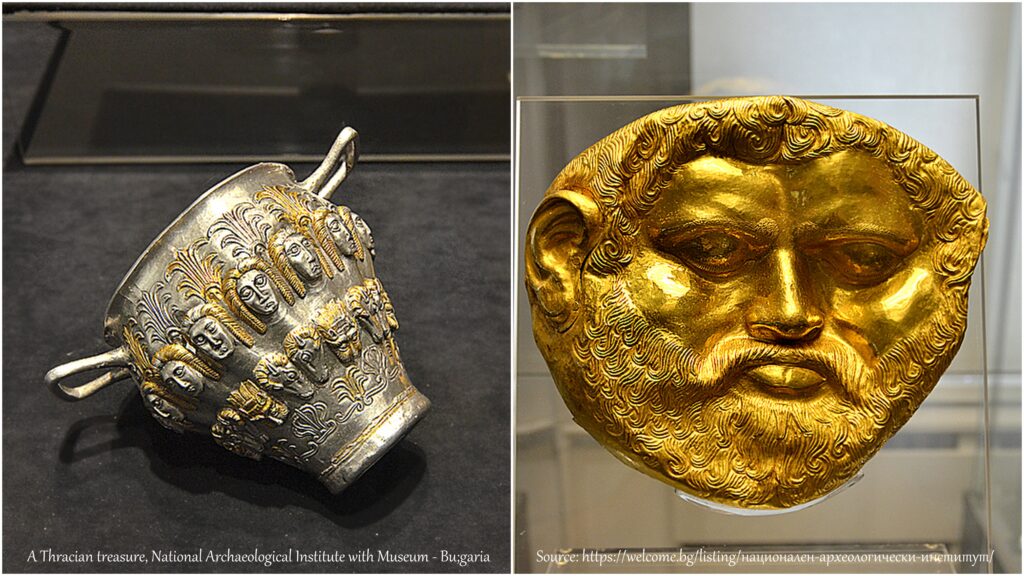
Source: https://welcome.bg/listing/национален-археологически-институт/
- Patents: A Bulgarian company has developed a new method for the restoration of frescoes in churches and monasteries. They have patented this method, which allows them to control the use of the technology and charge fees for its implementation.
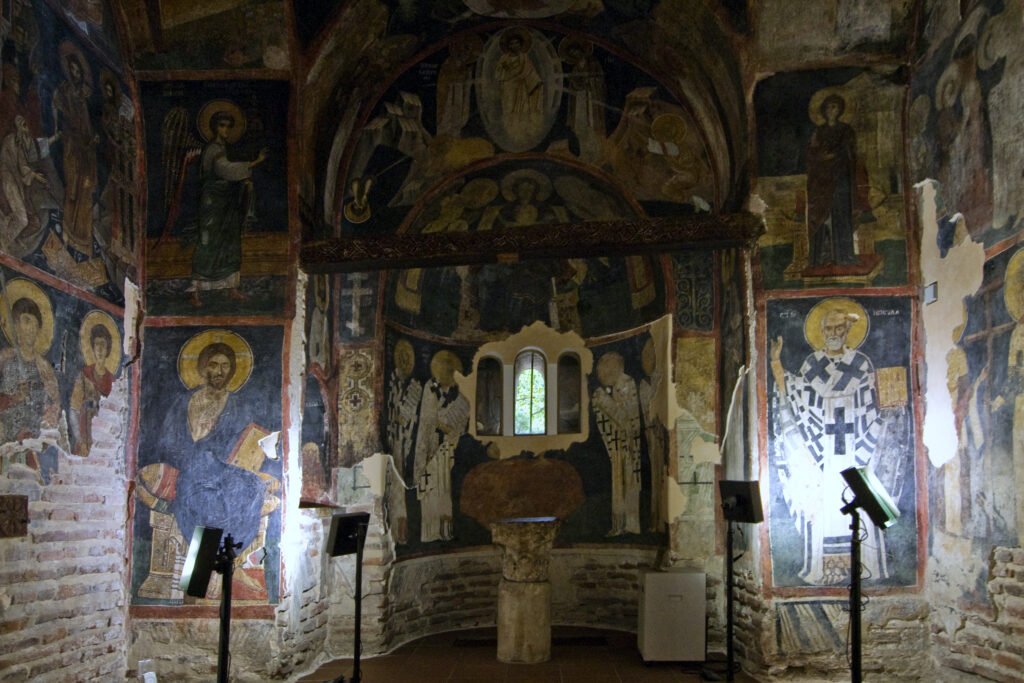
Attribution: Ann Wuyts – https://commons.wikimedia.org/wiki/File:Sofia_-_Boyana_Church_Apse_%284967294741%29.jpg, Creative Commons Attribution License
- Geographical indications: Bulgarian Rose Oil is an example of a product with registered geographical indications. Bulgaria has applications for entry of “Bulgarian yoghurt” as Protected Designations of Origin (PDO) in the European Register of Protected Designations of Origin and Protected Geographical Indications. This means that only products produced in a certain region and following certain rules can be labeled and sold as “Bulgarian yogurt”. This protects the reputation of the product and helps promote the region and its specific qualities with the proven health benefits of a probiotic superfood.
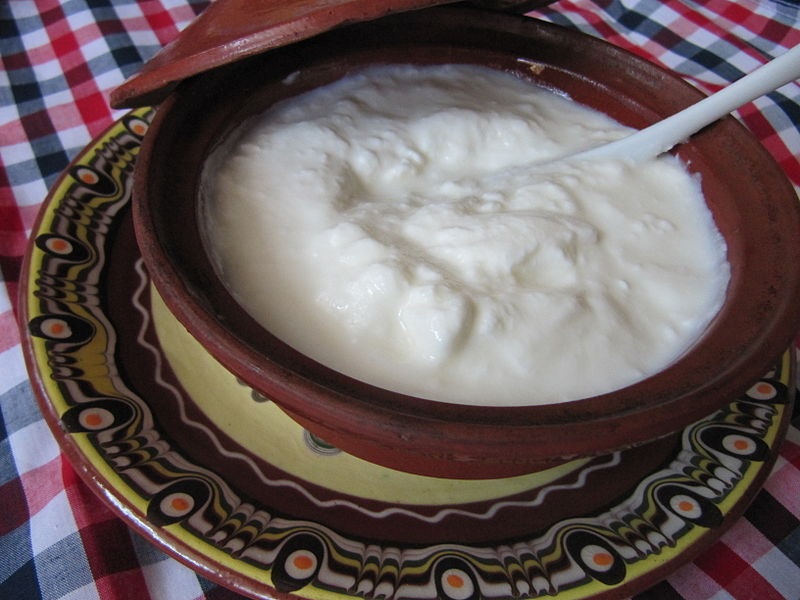
Source: https://de.m.wikipedia.org/wiki/Datei:Bulgarian_yogurt.JPG
Creative Commons Attribution-ShareAlike 3.0
Now, you see with these small examples that by protecting and effectively managing IPR, their holders can promote the cultural heritage better, and at the same time generate revenues.
Many more examples and best practices can be found in the Learn-IP training program. Just follow the link to our interactive Learn-IP training platform for blended learning: https://moodle.learn-ip.eu
About Learn-IP project
The online training programme is developed 2020-2023 to support cultural heritage managers and cultural tourism actors with the effective use of digital technologies to check for compliance with IPR regulations. It will raise awareness of the many IPR regulations and their relevance for products and services.
The training programme will act as an online “guided tour” through IPR regulations and will indicate what can be done to legally protect your property, expertise and knowledge. It will provide transparency in a field that for many representatives of cultural heritage and cultural tourism is still a no man’s land. The training will also show when professional help is recommended.
Three learning materials are developed:
- LEARN-IP Modular Training Course with seven learning modules
- LEARN-IP e-Learning platform, https://moodle.learn-ip.eu
- LEARN-IP Guidelines / Handbook for training courses
The main target groups are cultural, religious and creative tourism professionals, cultural workers and cultural/religious heritage managers. The secondary target group are training providers who will offer the training in the future.
The Learn-IP Training Programe is developed on 6 European langugaes: english, german, spanish, bulgarian, macedonian and romanian.
Project website: https://learn-ip.eu
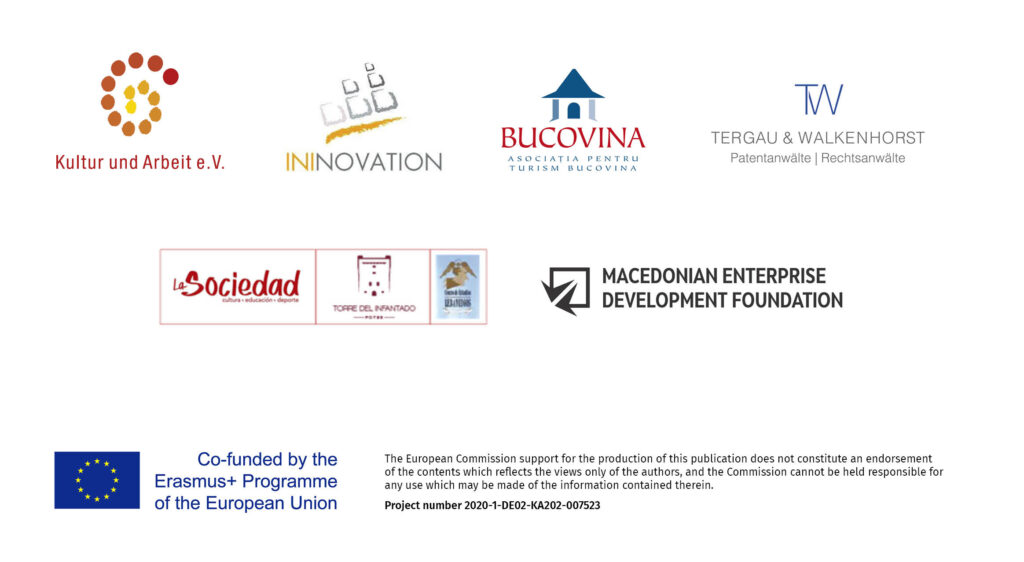
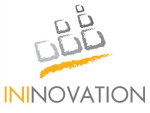












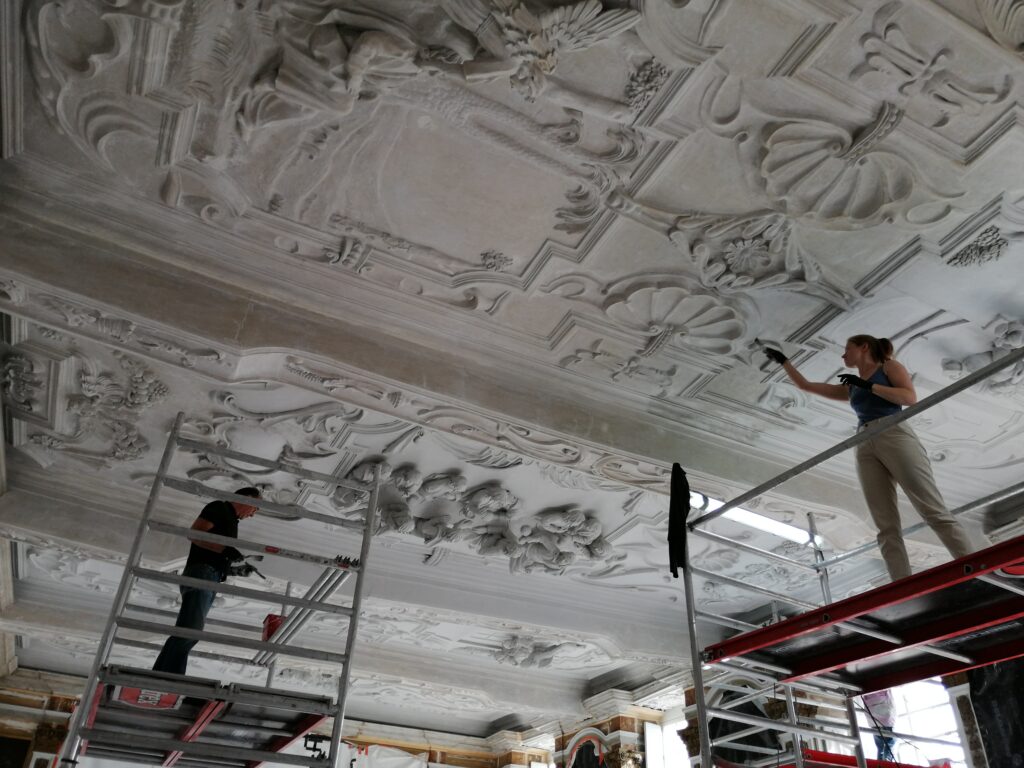

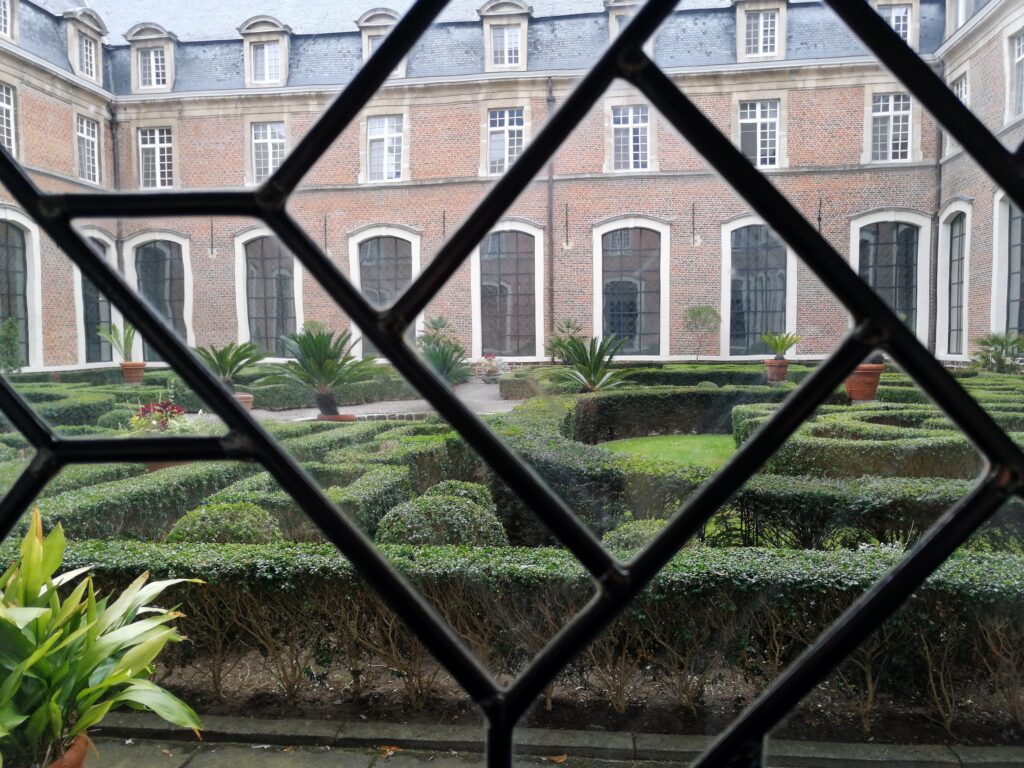
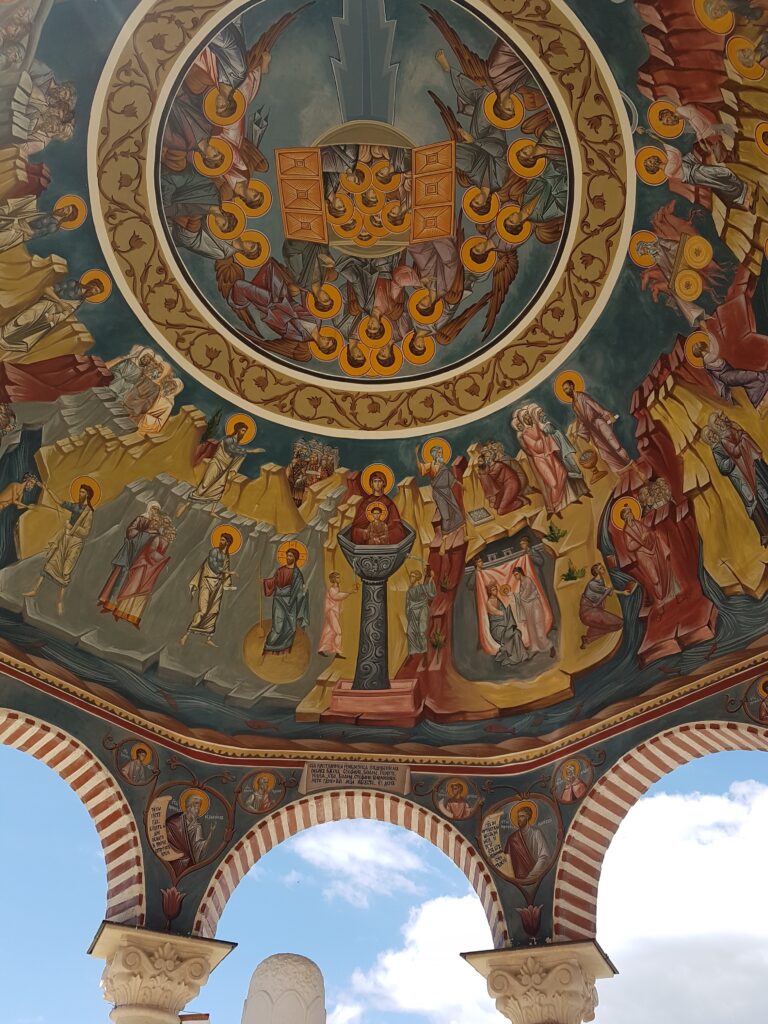
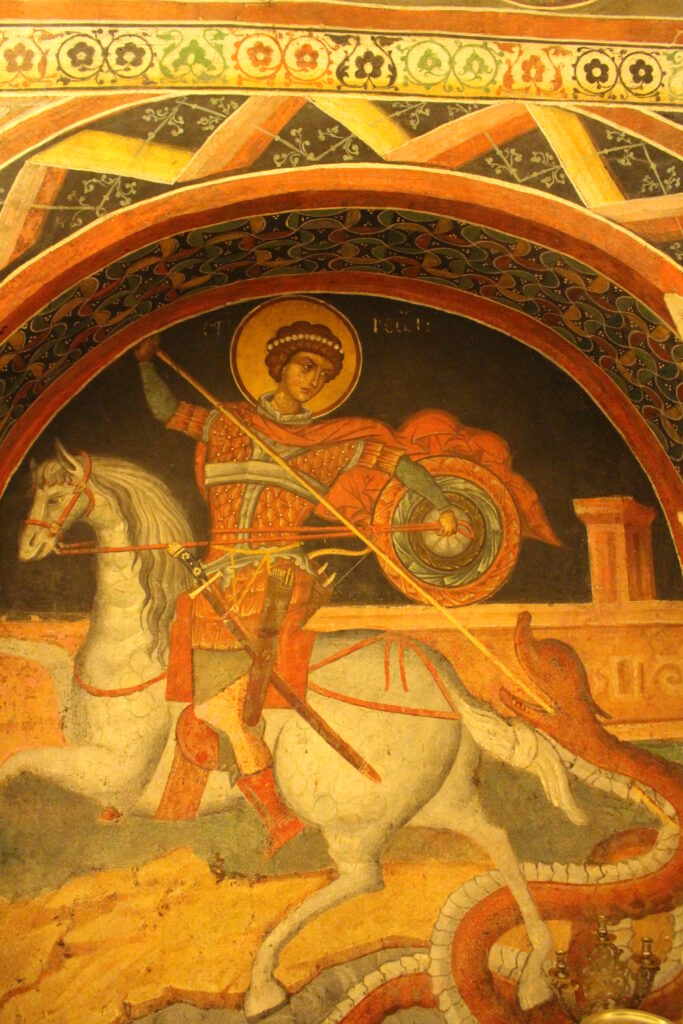
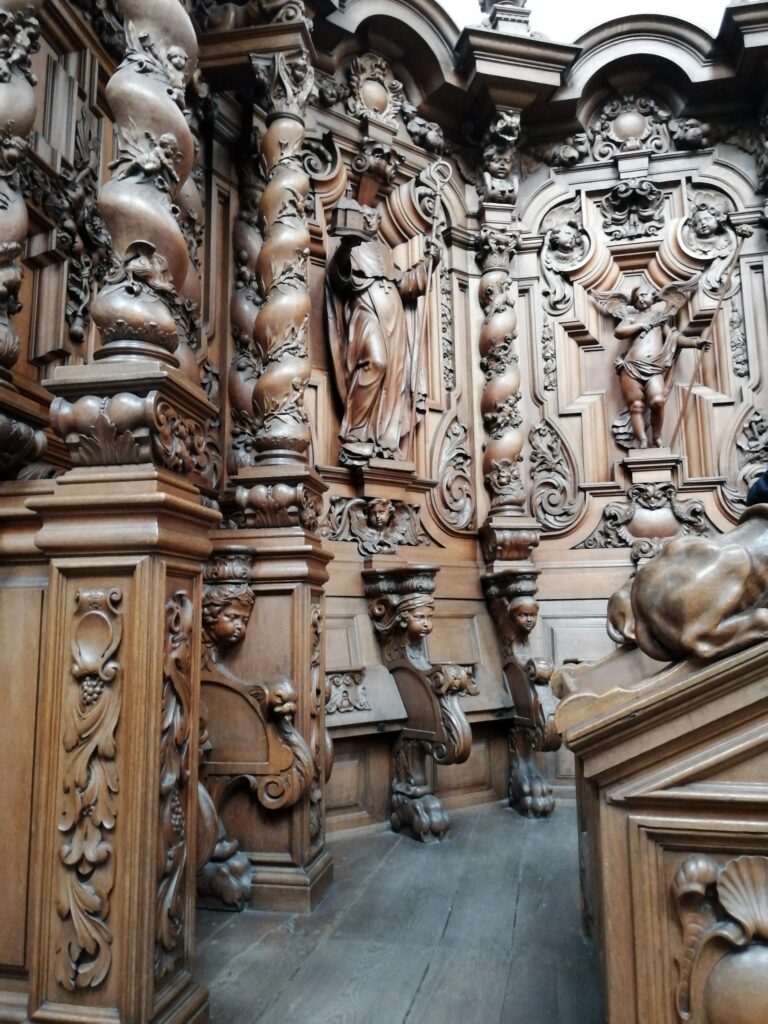
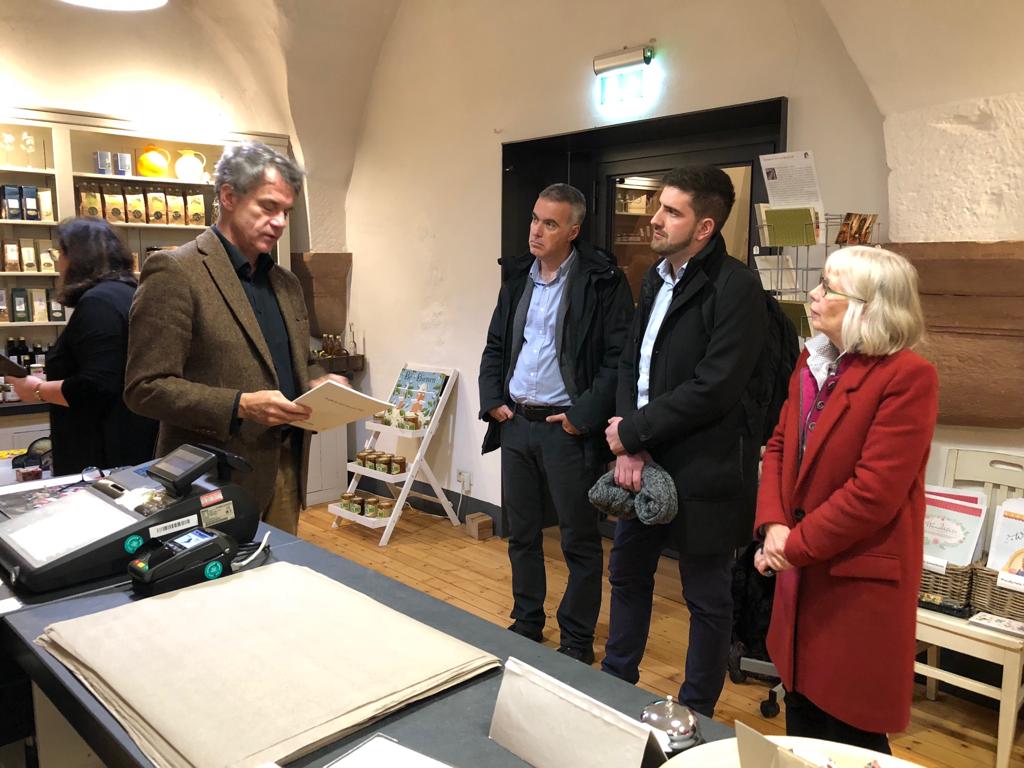
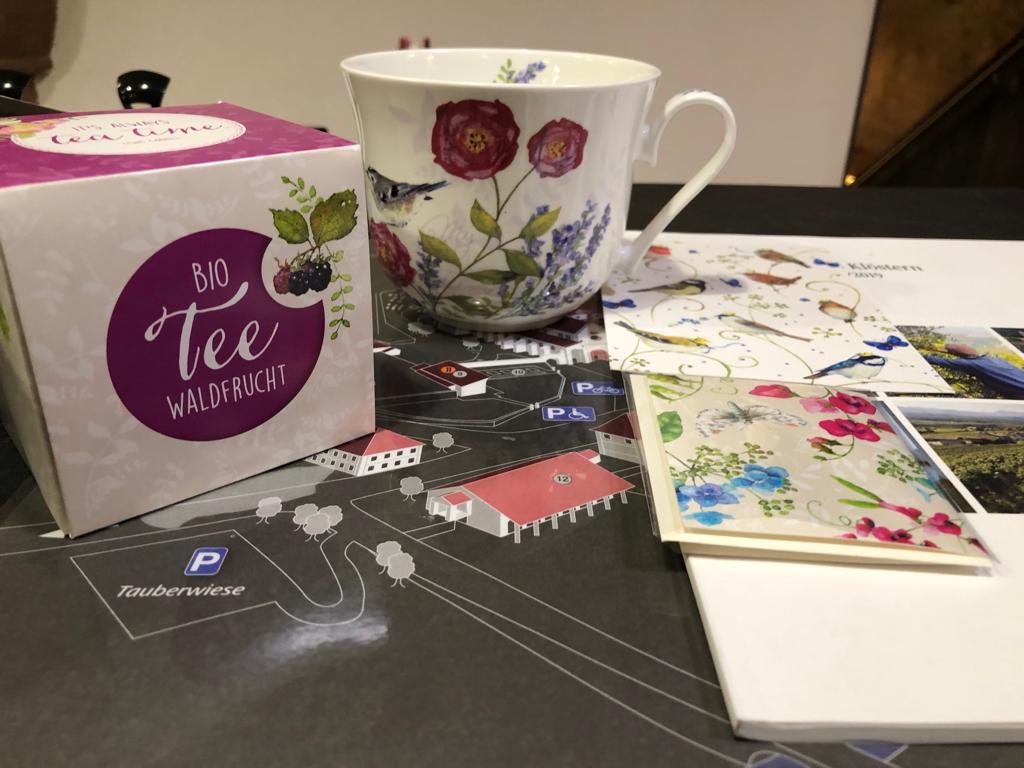

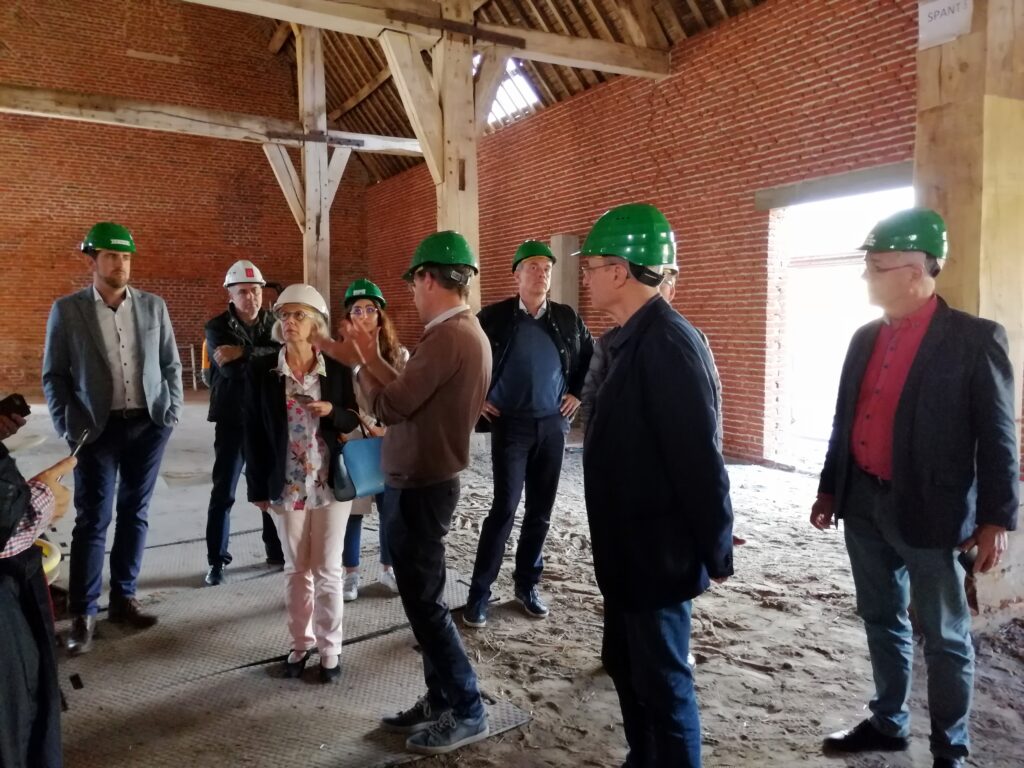
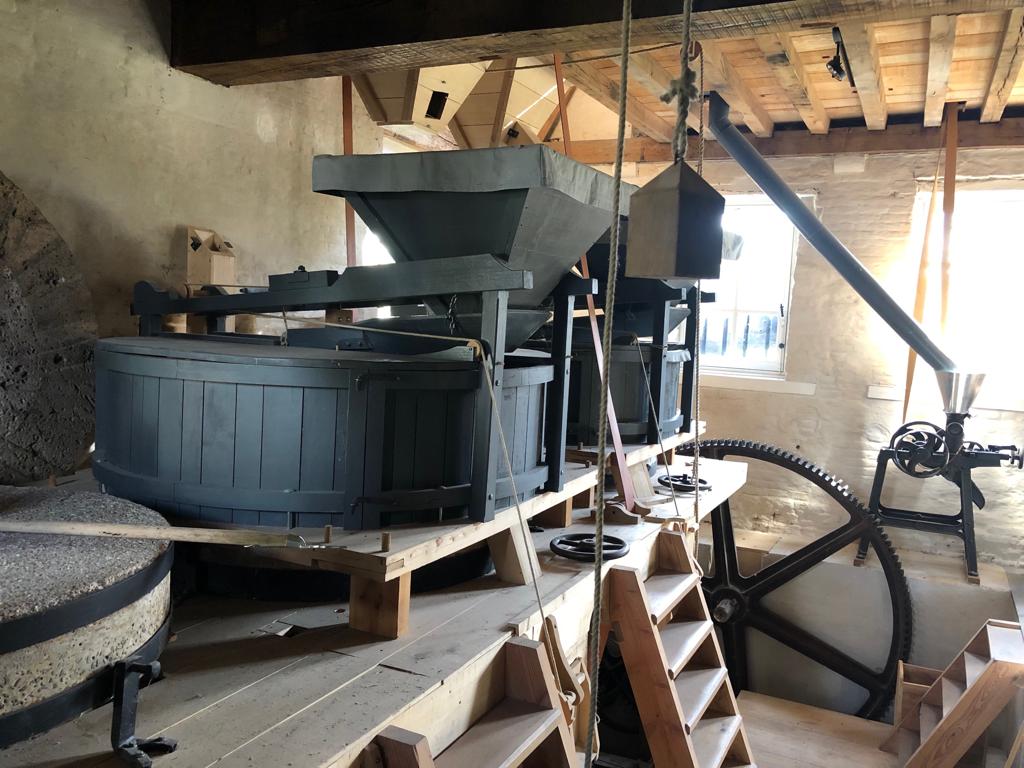
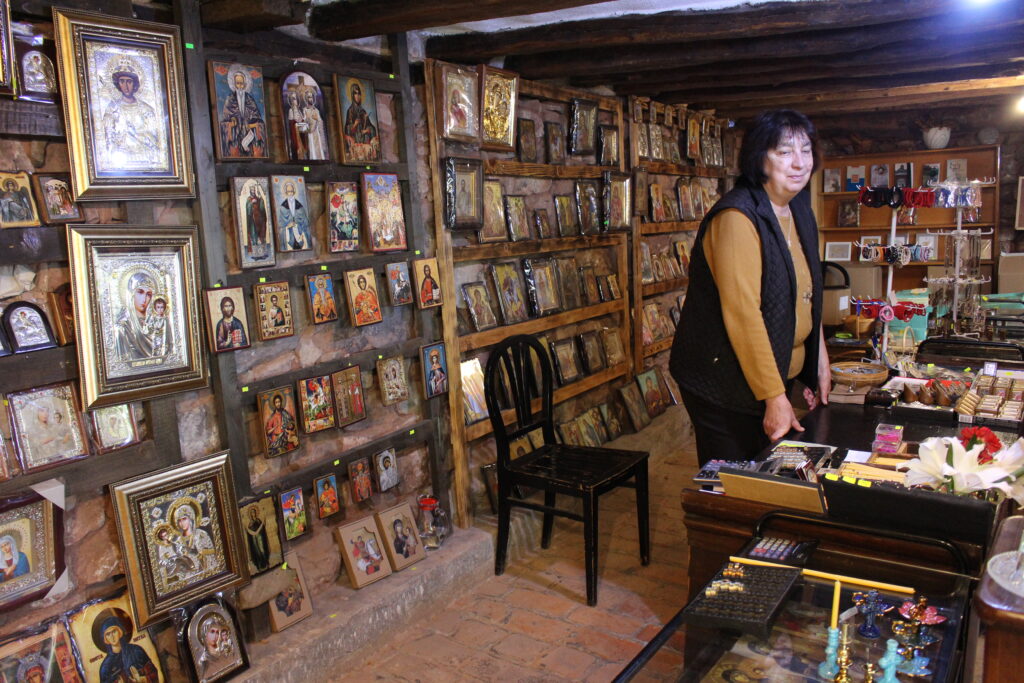
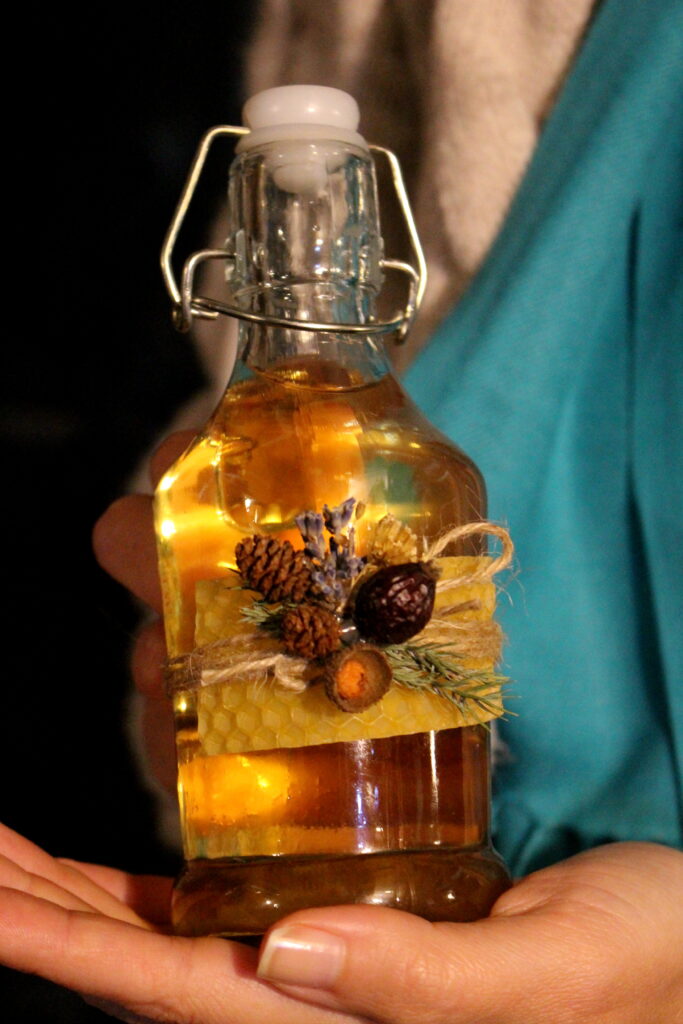
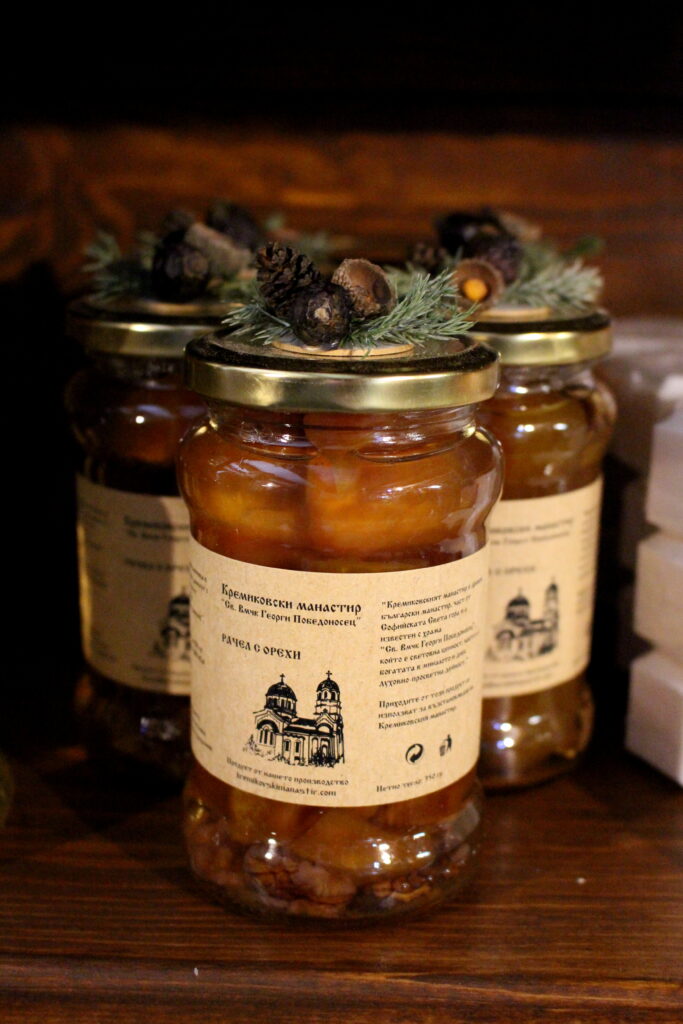
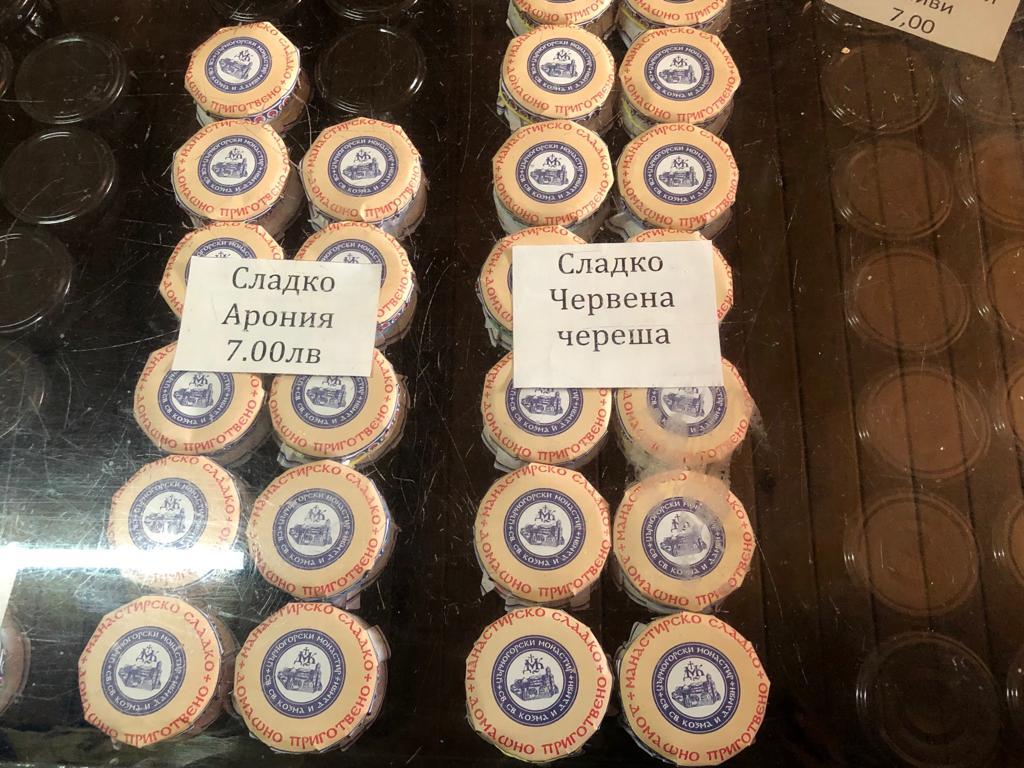
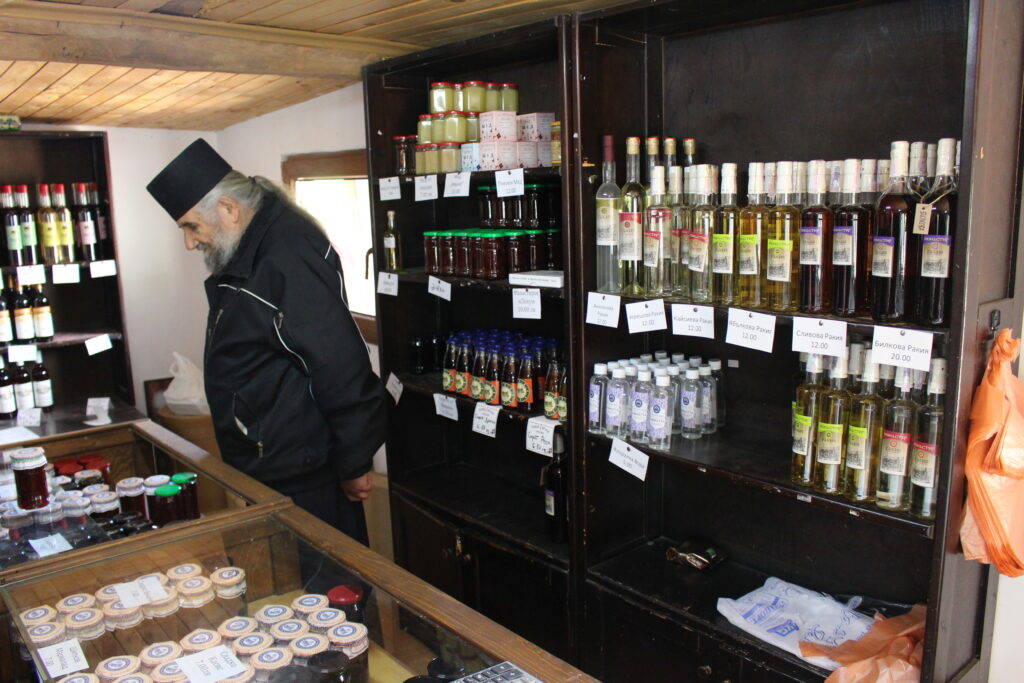
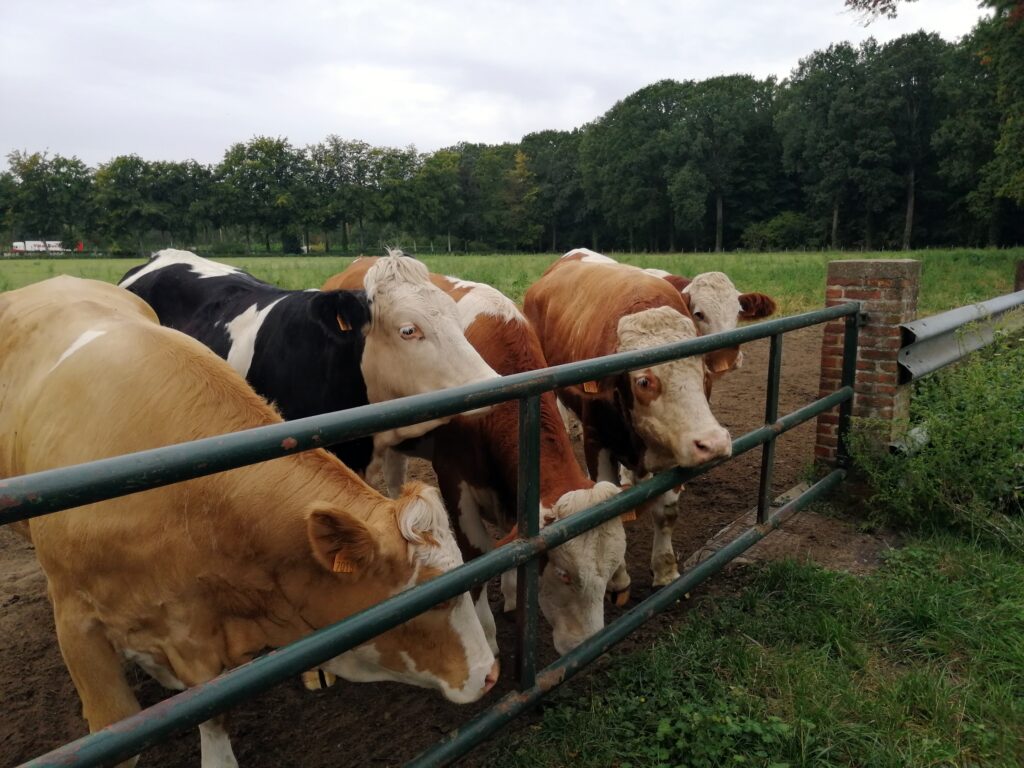
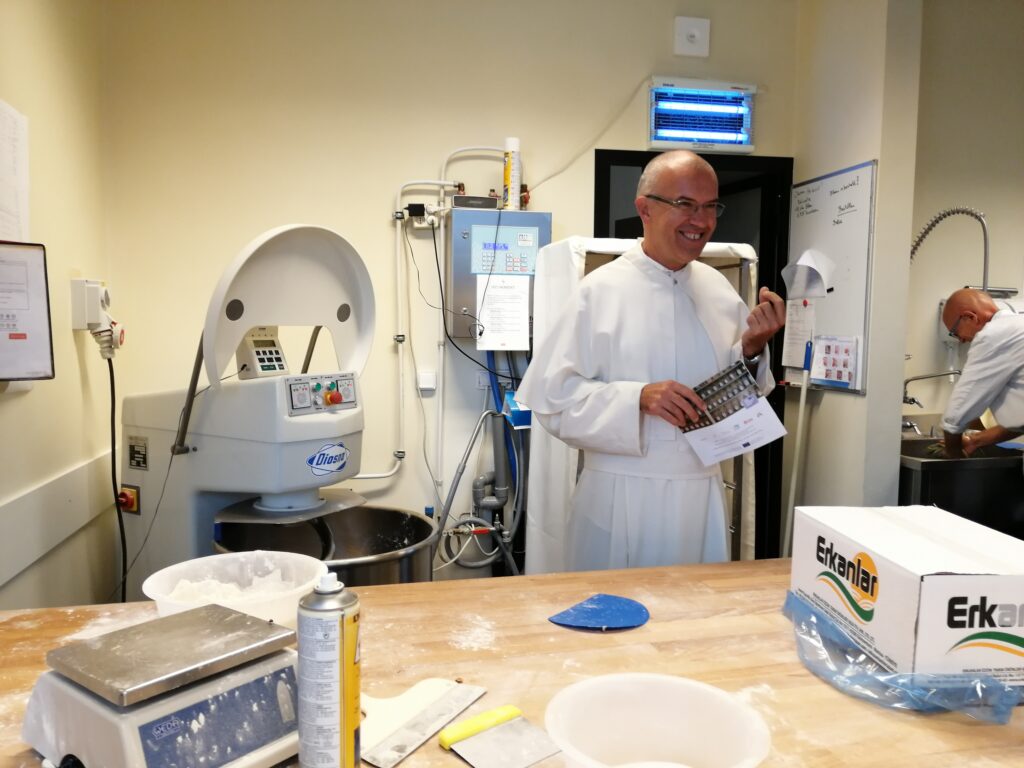
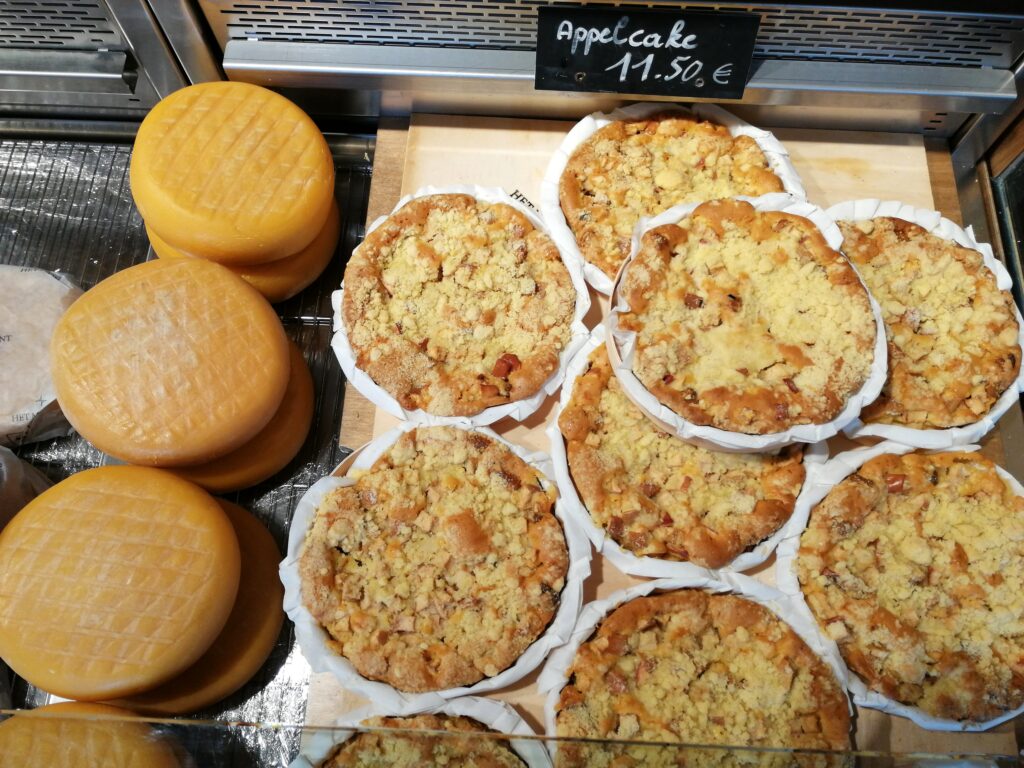
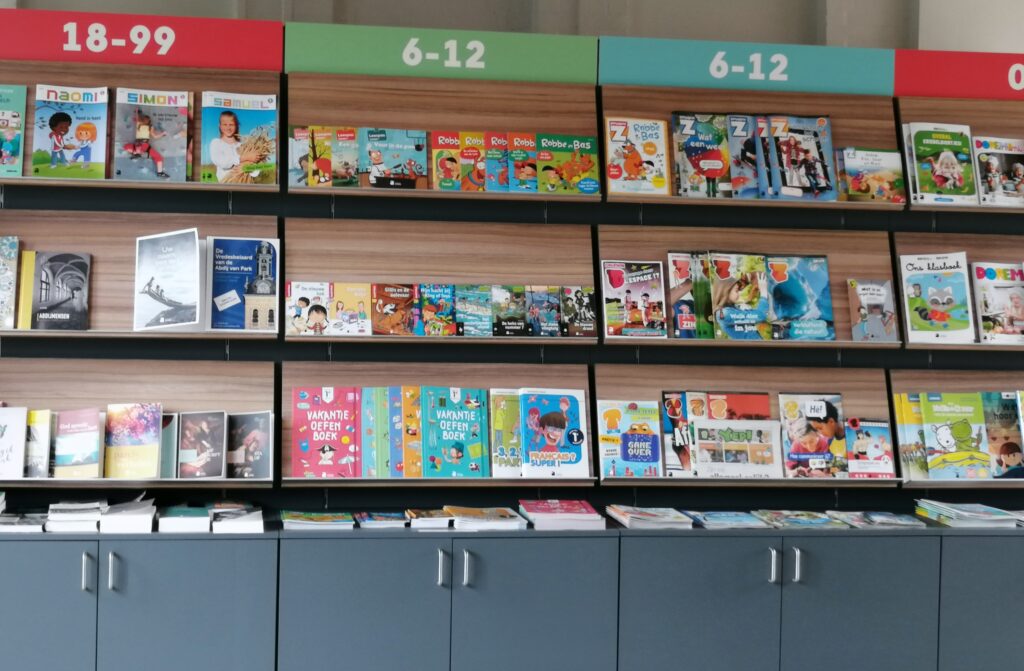
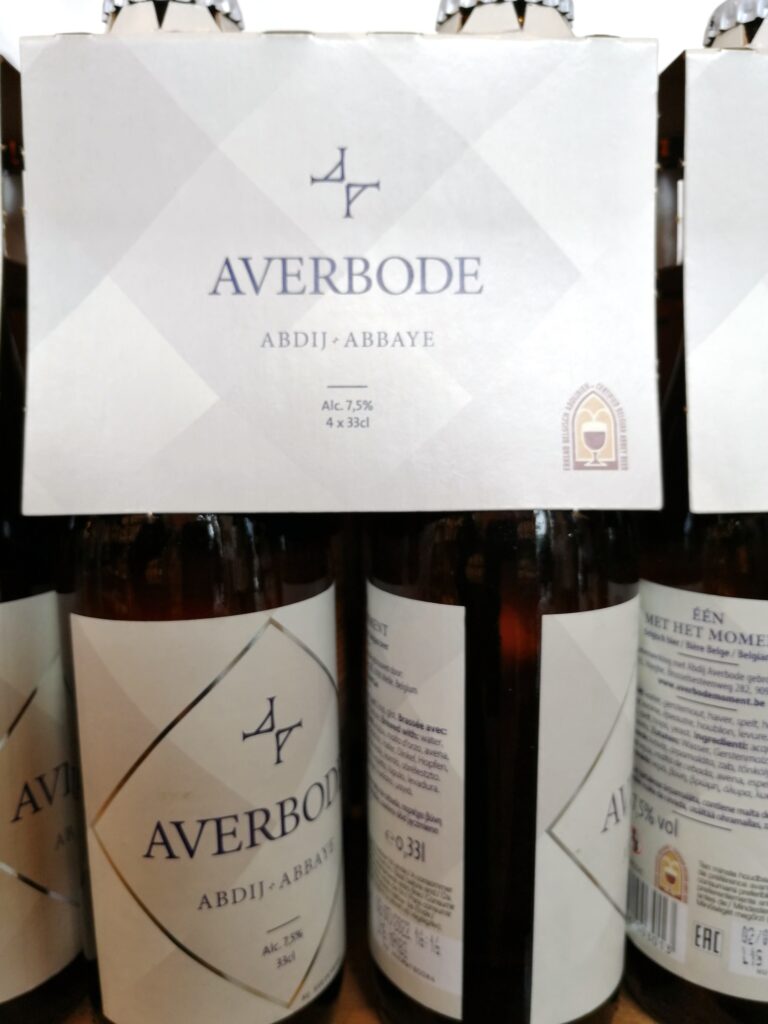
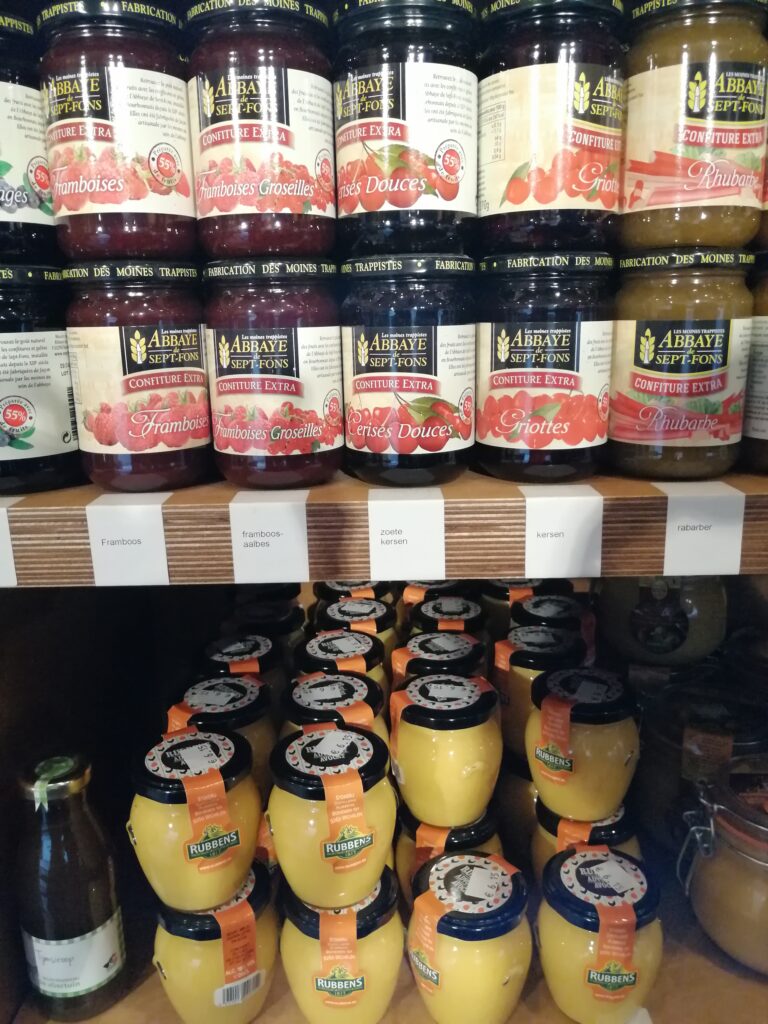

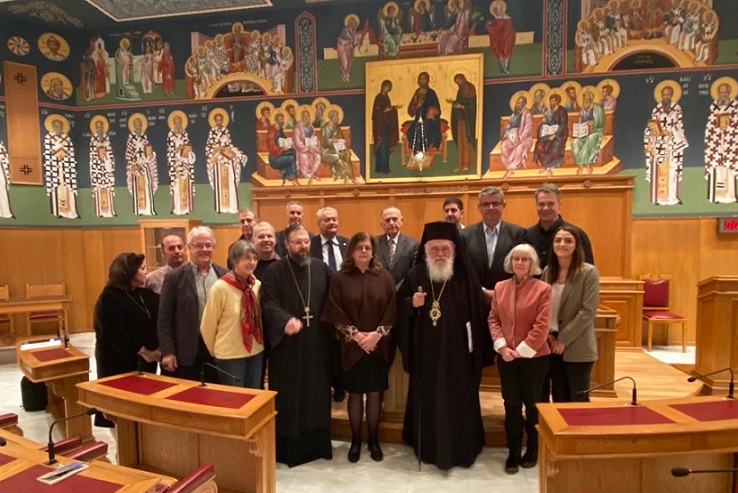
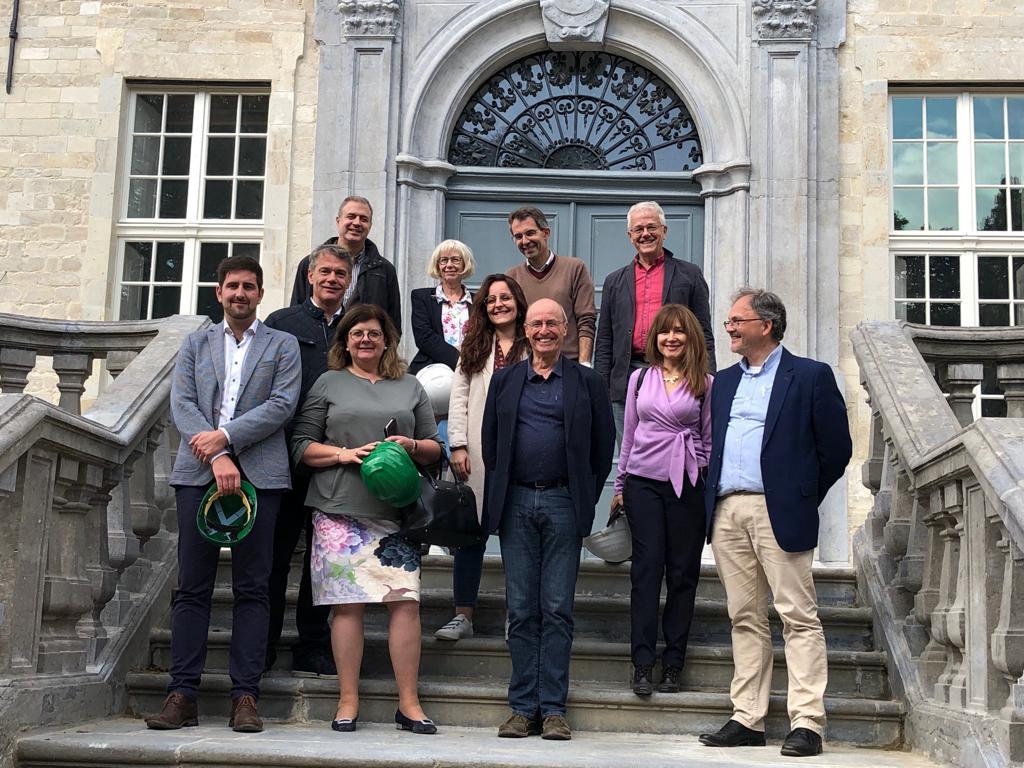
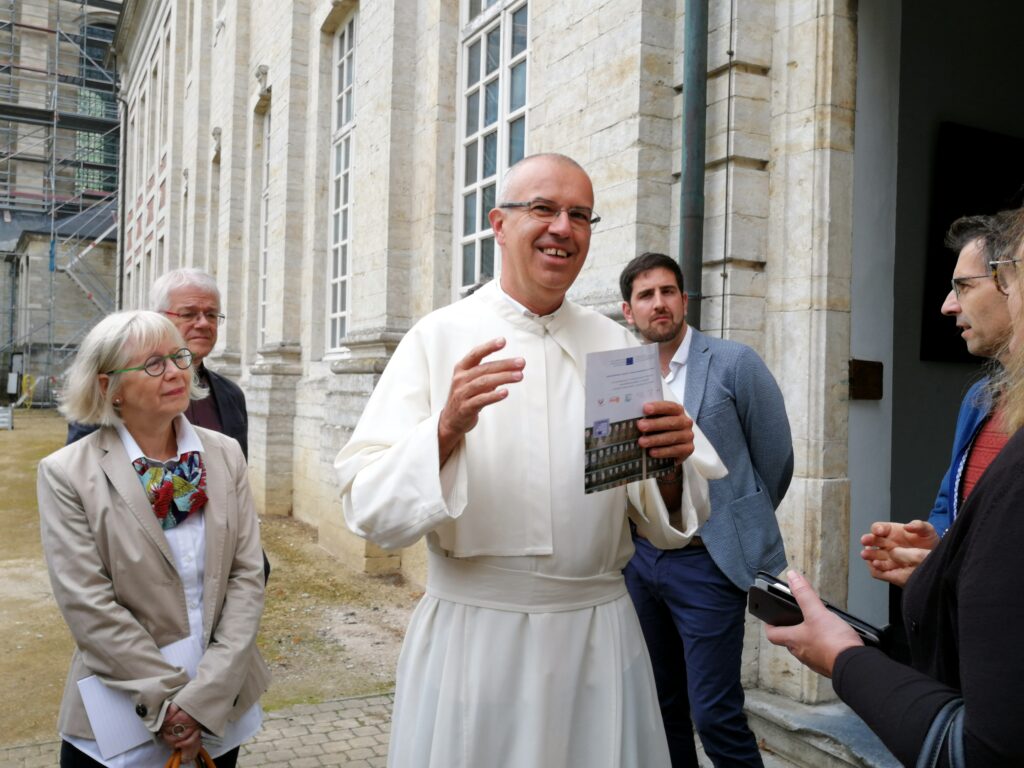
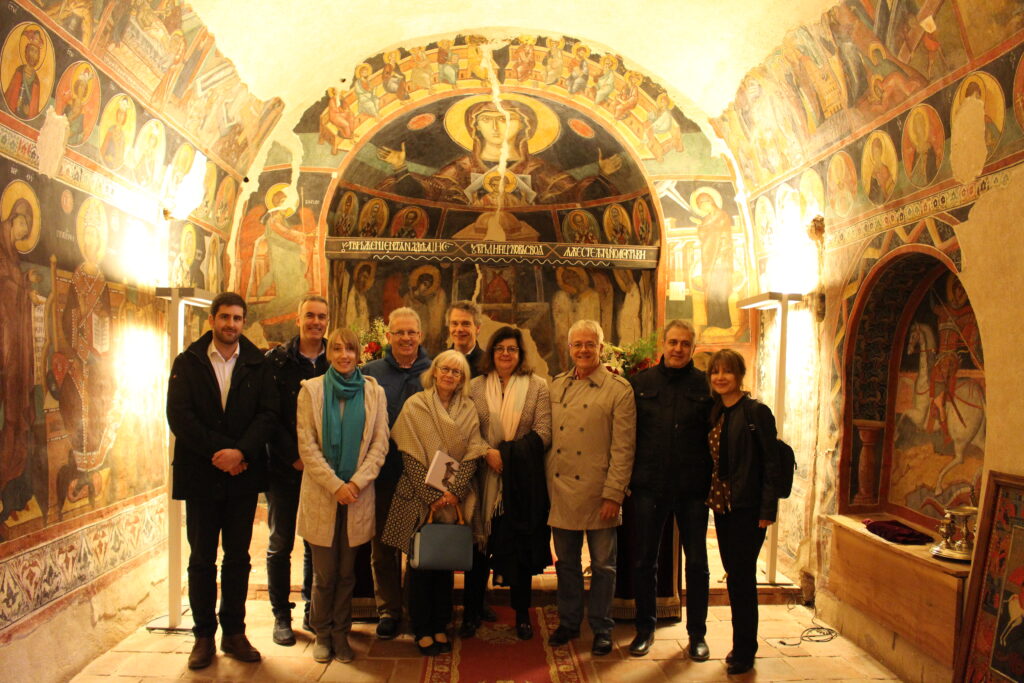
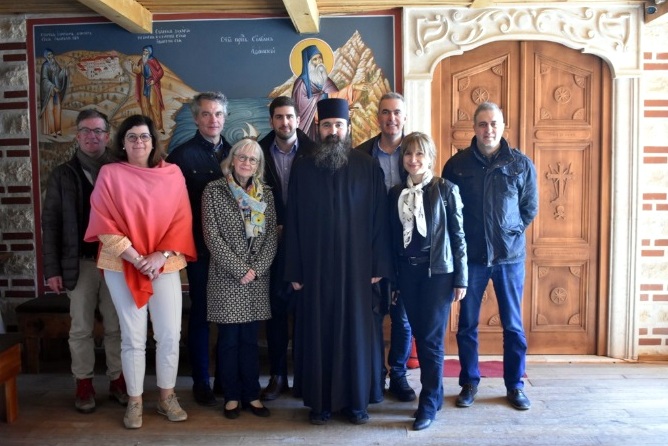

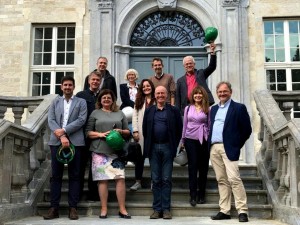
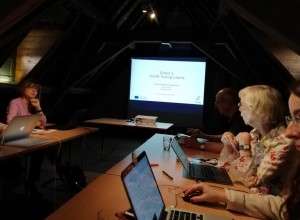

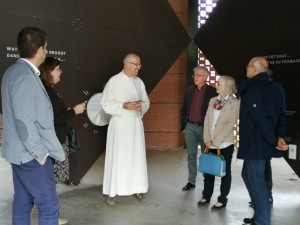
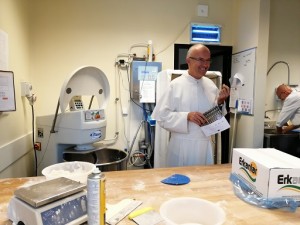
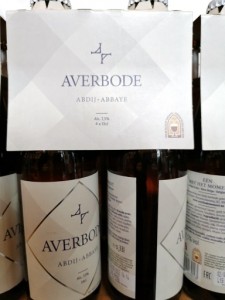
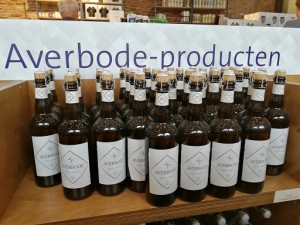

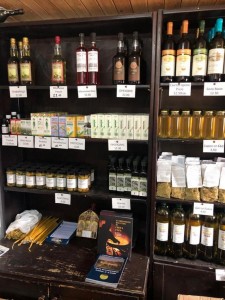
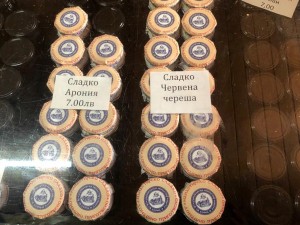
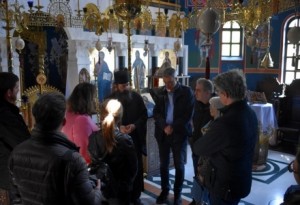
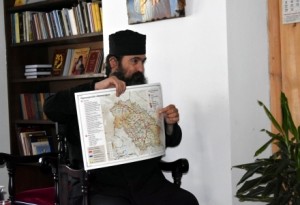
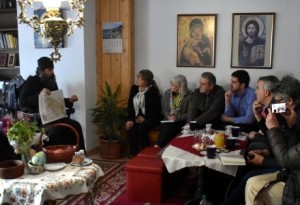
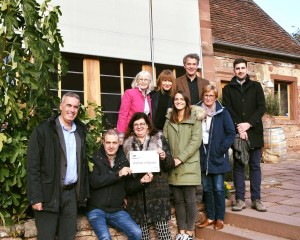
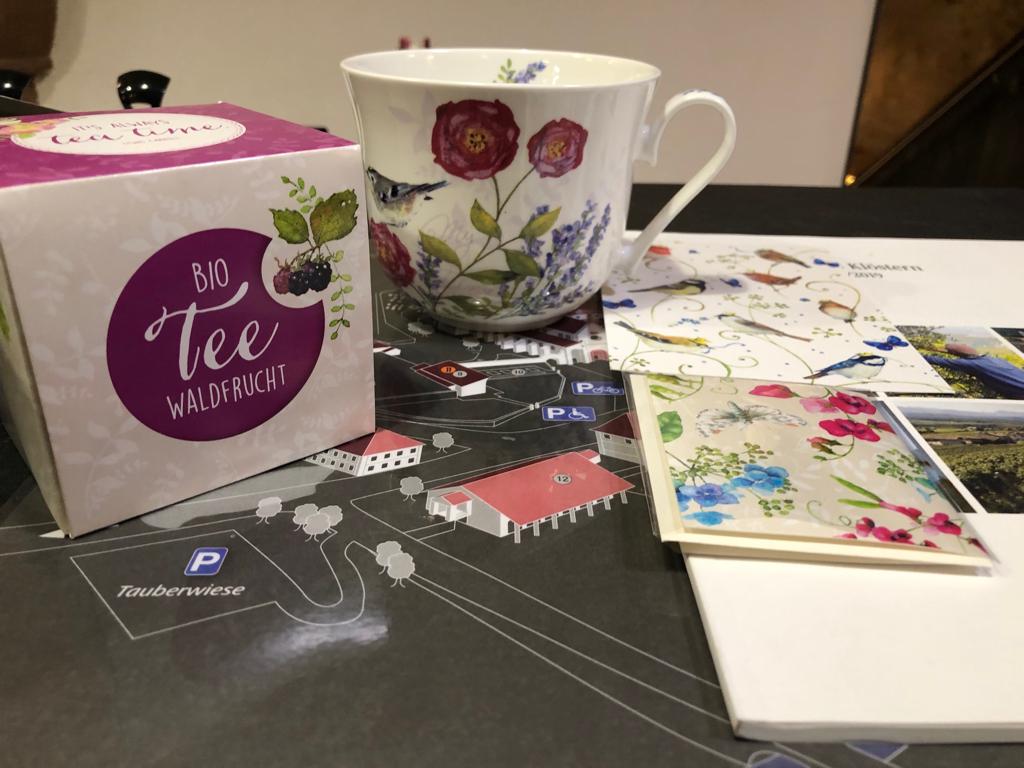


 English
English